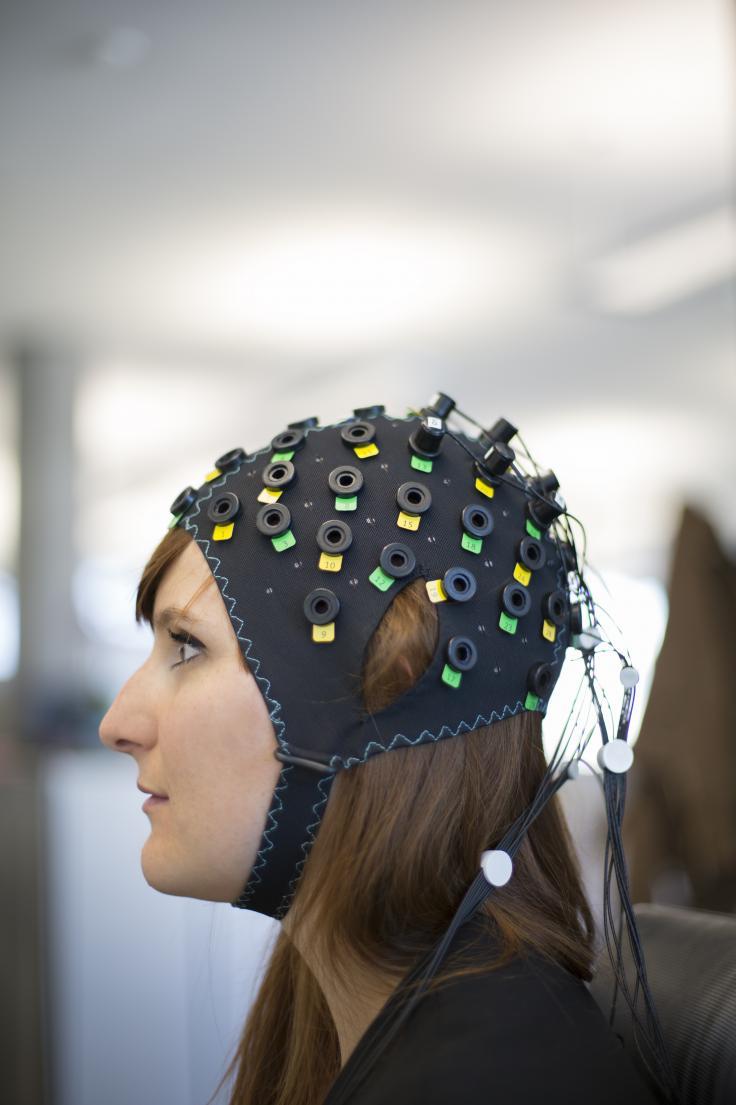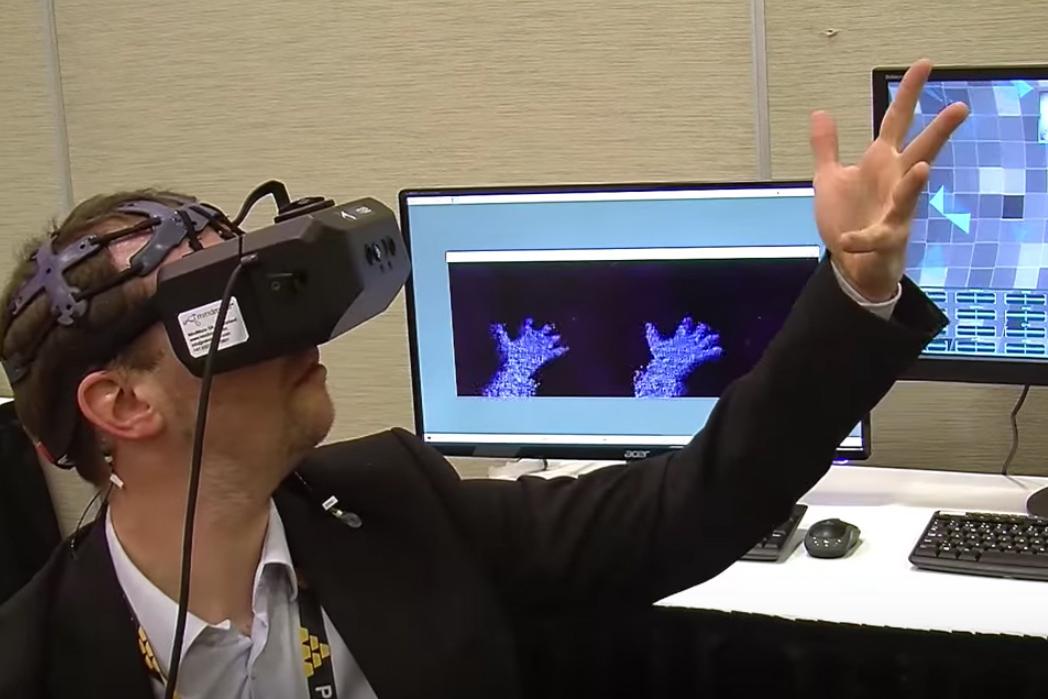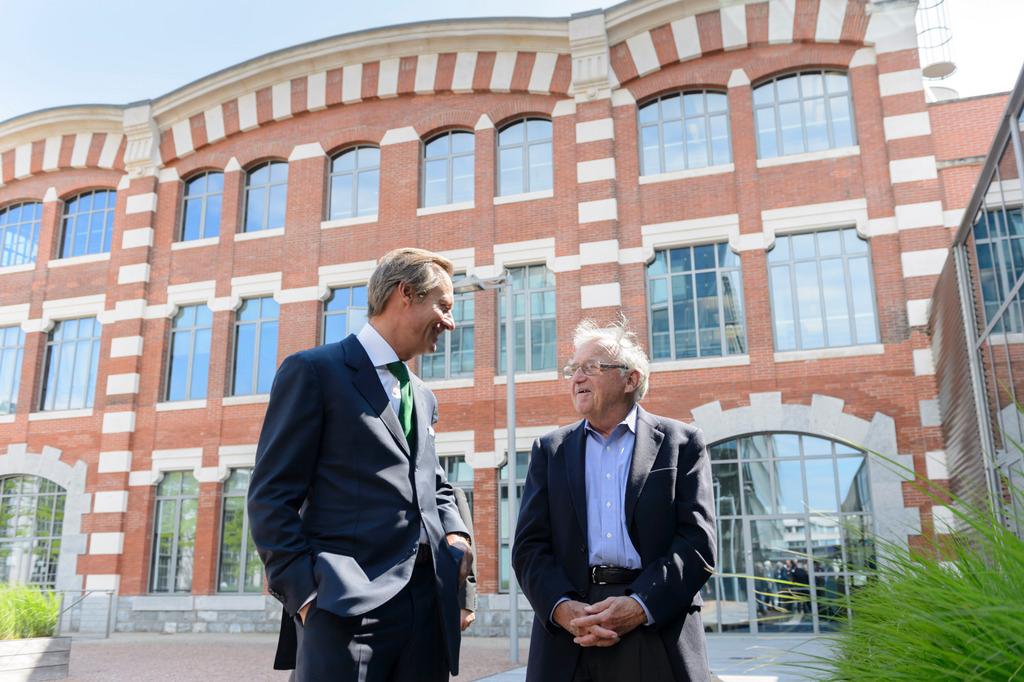Brain-computer system allows ‘locked-in’ patients to communicate

Patients with ‘locked-in’ syndrome have been able to communicate with relatives through a newly developed brain-computer interface that reads the brain's blood oxygen levels. The breakthrough makes simple conversations possible by detecting patterns in the brain activity of the paralysed patients.
A trial of the system on four patients in Germany with complete locked-in syndrome – incapable of moving even their eyes to communicate – read the thoughts of patients to answer basic yes-or-no questions.
A non-invasive brain-computer interface (BCI) detected their responses by measuring changes in blood oxygen levels in the brain.
The researchers said the system could transform the lives of ‘locked-in’ syndrome patients, allowing them to express feelings and opinions to their loved ones and carers.
Counter to expectations, the scientists said, the patients reported being “happy” despite their condition.
“The striking results overturn my own theory that people with complete locked-in syndrome are not capable of communication,” said Niels Birbaumer, a neuroscientist at Switzerland’s Wyss Center for Bio and Neuroengineering in GenevaExternal link, who co-led the study.
The trial, published in the journal PLOS Biology on Tuesday, involved four patients with amyotrophic lateral sclerosis (ALS) – a progressive motor neuron disease that leads to complete destruction of the part of the nervous system responsible for movement. All the patients in the study at the Wyss Center were “completely locked in” and could not even move their eyes.
“Are you happy?”
The researchers asked personal questions with known answers, such as: “Your husband’s name is Joachim?”, and open questions that needed yes or no answers, such as “Are you happy?” One man repeatedly refused permission for his daughter to marry her boyfriend.
The BCI technique used technologies called near-infrared spectroscopy and electroencephalography (EEG) to measure blood oxygenation and electrical activity in the brain.
“The machine records the blood flow… and calculates how (it) changes during “yes” and during “no”, and the computer develops an idea, a pattern,” Birbaumer told Reuters.
“And after a while, we know what the patient is thinking, when he thinks ‘yes’, or when he thinks ‘no’, and from that we calculate the answer.”
The “known” questions elicited correct responses seven times out of ten, and the question “Are you happy?” resulted in a reliable yes response from the four people, repeated over weeks of questioning.
John Donoghue, director of the Wyss Center, said: “Restoring communication for completely locked-in people is a crucial first step in the challenge to regain movement.”
The Wyss Center plans to build on the results of this study to develop clinically useful technology that will be available to people with paralysis resulting from ALS, stroke or spinal cord injury.

In compliance with the JTI standards
More: SWI swissinfo.ch certified by the Journalism Trust Initiative




You can find an overview of ongoing debates with our journalists here. Please join us!
If you want to start a conversation about a topic raised in this article or want to report factual errors, email us at english@swissinfo.ch.